Spring Celestial Calendar
The Haliburton Highlands’ natural darkness fosters an ideal setting for both seasoned astronomers and casual sky gazers. Amidst this tranquil landscape, the stars come alive, offering a profound connection to the vastness of the universe.
Whether seeking cosmic revelations or simply marveling at the celestial panorama, this dark sky area promises an unforgettable journey through the wonders of the night sky.
Did you know that New Moons provide the best time to view the stars and celestial objects?
Important Celestial Dates
Mar 19: March Equinox

The March equinox is the first day of spring in the Northern Hemisphere and the start of fall in the Southern Hemisphere, by astronomical definitions.
Solstice & equinox times worldwide
Mar 22: Comet 12P/Pons-Brooks
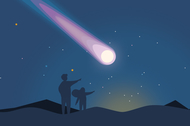
Comet 12P/Pons-Brooks is 30 days from reaching perihelion, its closest approach to the Sun. The comet might become visible with the naked eye—it might even be visible during the total solar eclipse on April 8.
Mar 24: Mercury at Greatest Elongation East

This might be a good time to try and spot Mercury: the planet appears at its farthest distance from the Sun in the evening sky.
Find Mercury with our Interactive Night Sky Map
Mar 24/25: Penumbral Lunar Eclipse

The first eclipse of 2024 is a penumbral lunar eclipse of the Worm Moon visible across North and South America.
Mar 25: Worm Micromoon

The Full Moon in March is traditionally called the Worm Moon, after earthworms that tend to appear around this time in many locations in the Northern Hemisphere. For the second month in a row, this is a Micromoon.
Apr 8: Total Solar Eclipse

A total solar eclipse takes place across Mexico, the USA, and Canada. Roughly 45 million people live along the path of totality for this eclipse.
Protect your eyes. Never look directly at the Sun!
Apr 8: Super New Moon
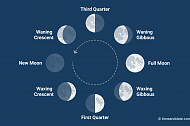
This is the third Super New Moon in a row, and the final one for 2024. (There will be Super Full Moons in September and October.)
Apr 21/22: Lyrid Meteor Shower

The Lyrid meteor shower is expected to peak around April 21 and 22, depending on your location.
Apr 23: Pink Moon

April’s Full Moon is traditionally known as the Pink Full Moon.
May 4/5: Earthshine Mornings
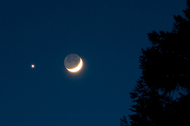
The Waxing and Waning Crescent Moon phases in April and May are the best time to see Earthshine, where the unlit part of the Moon becomes visible. It is also known as Da Vinci glow.
What’s on the far side of the Moon?
May 5/6: Eta Aquarid Meteors

Use our handy Interactive Meteor Shower Sky Map to increase your chances of seeing shooting stars from the Eta Aquarids.
What do I need to see a meteor shower?
May 8: New Moon

This month’s New Moon is at 03:21 UTC on May 8.
May 9: Mercury at Greatest Elongation West

This might be a good time to try and spot Mercury: the planet appears at its farthest distance from the Sun in the morning sky.
Find Mercury with our Interactive Night Sky Map
May 11/12: Earthshine Nights

The Waxing and Waning Crescent Moon phases in April and May are the best time to see Earthshine, where the unlit part of the Moon becomes visible. It is also known as Da Vinci glow.
What’s on the far side of the Moon?
May 23: Flower Moon
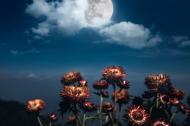
May’s Full Moon is known as the Flower Moon after all the flowers that bloom around this time in the Northern Hemisphere.
Jun 6: New Moon

Make the most of a moonlight-free night to look for some stars and planets in the skies.
Jun 20: June Solstice

This solstice is the summer solstice in the Northern Hemisphere, where it is the longest day of the year.
In the Southern Hemisphere, it’s the winter solstice and the shortest day of the year.
Jun 22: Strawberry Moon
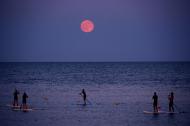
June’s Full Moon is often called the Strawberry Full Moon, after the berries that grow in the Northern Hemisphere around this time of the year.
Haliburton Forest’s Astronomy Program
Nestled within the Haliburton Highlands, the Haliburton Forest and Wild Life Reserve stands as a beacon for stargazing aficionados. Here, far from the city lights, the pristine darkness creates an expansive canvas for celestial wonders.
Book spots for their Astronomy Program that runs July and August, or stay overnight on your own and be amazed of the unobstructed view of the night sky.
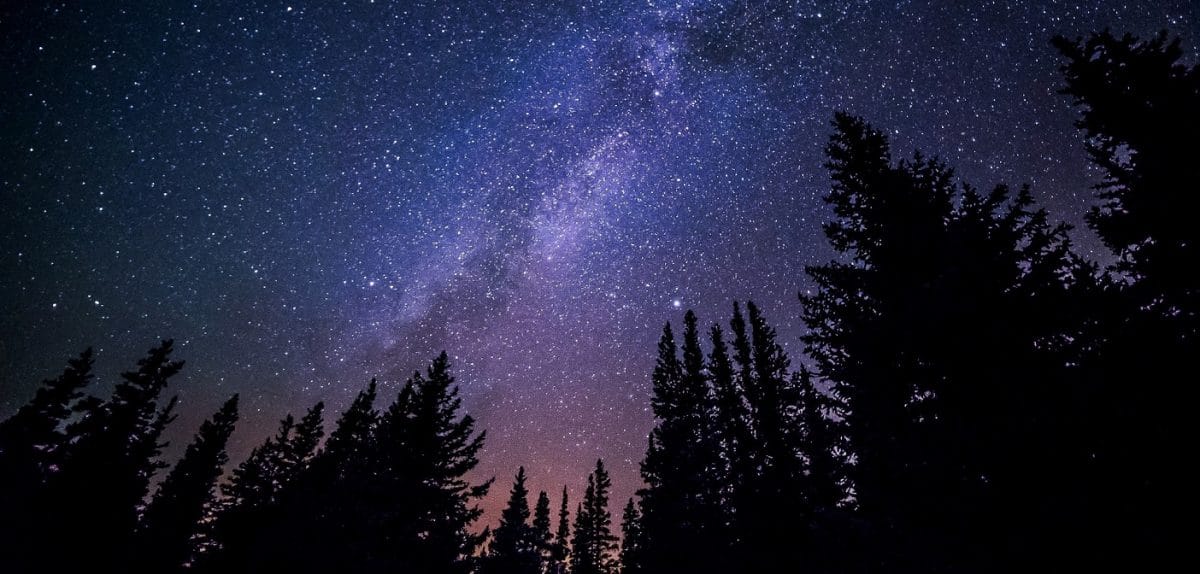
Viewing Conditions
If you wish to see what the viewing conditions will be for your visit, please click here.
